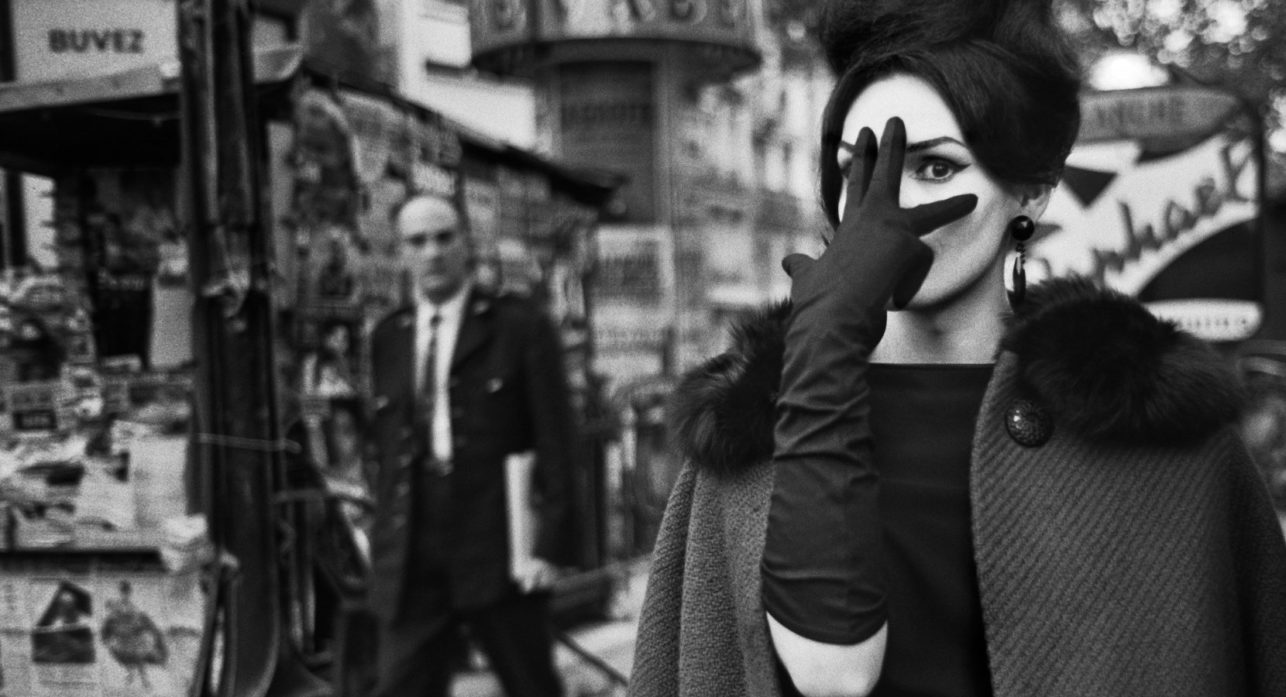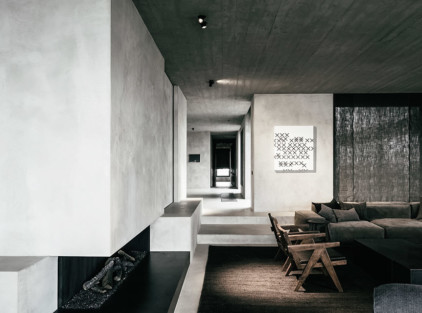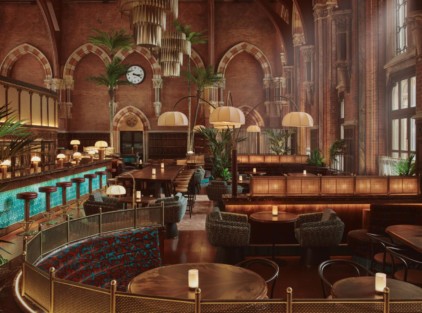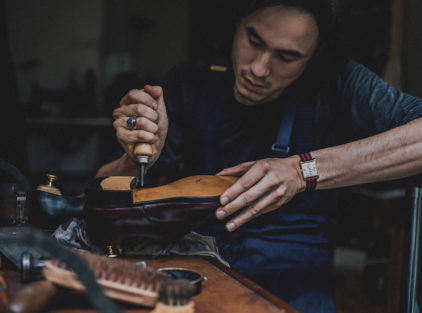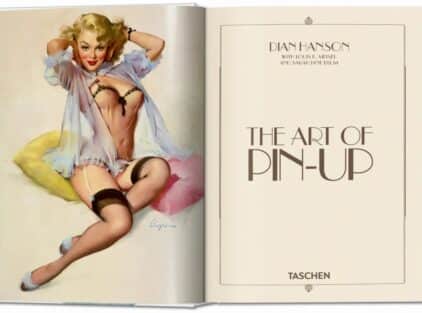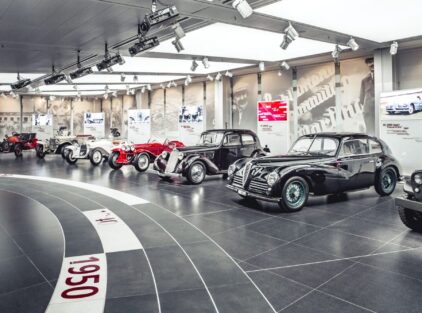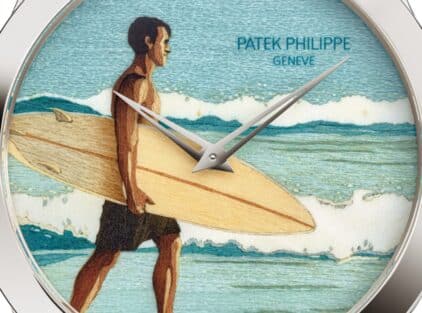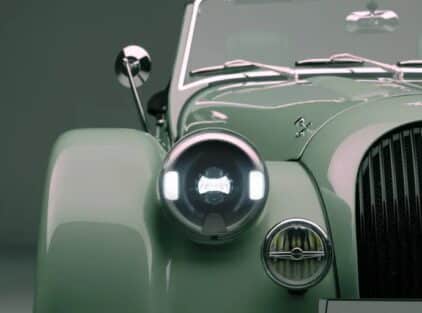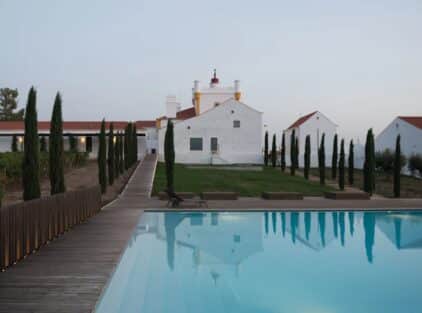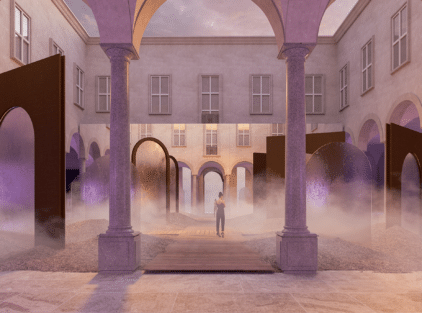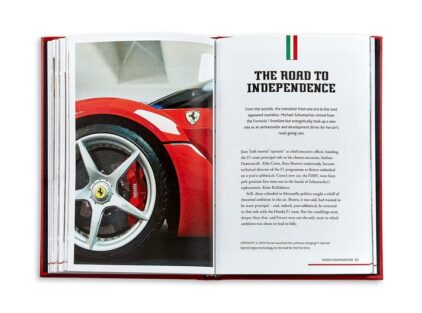The popular French photographer Henri Cartier-Bresson, in an interview several decades ago, said that “taking photos with a Leica camera is like a tender kiss or one-hour session with a psychologist”. And he was not mistaken, as the company does not only produce cameras. It creates an emotional connection between the photographer and the shooting object.
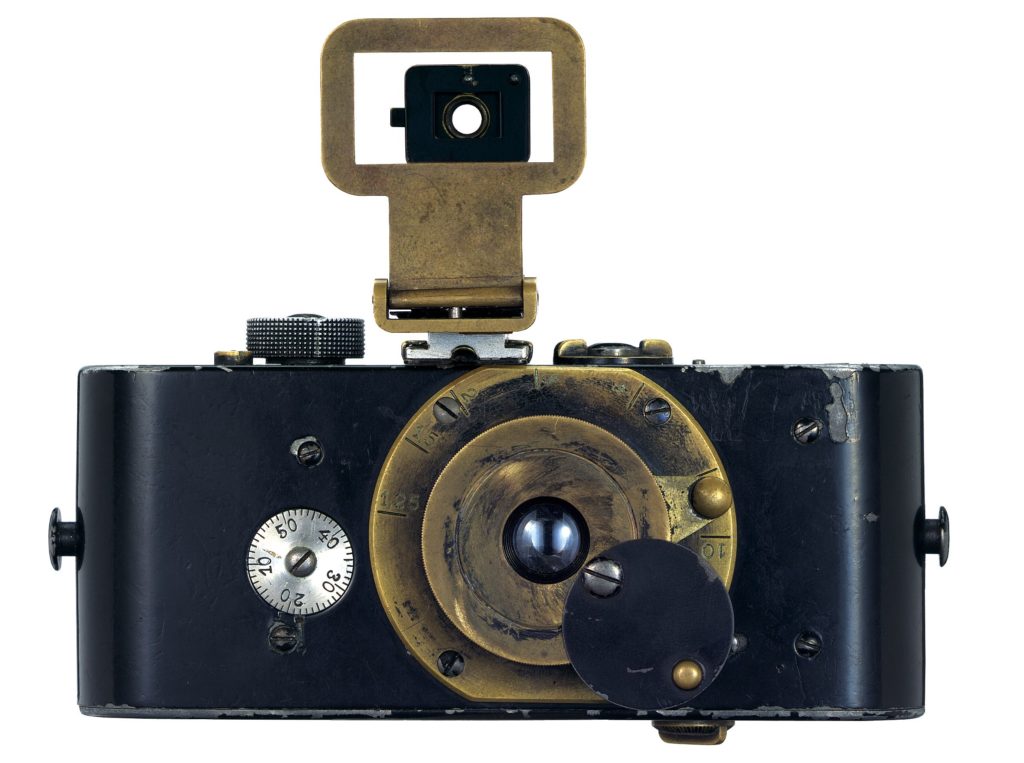
The company’s history begins in 1914 when Oskar Barnack, a mechanical engineer in a small laboratory that made microscopes and owned by Ernst Leitz, suddenly stopped in the middle of a sidewalk in Wetzlar, a small town located in Hesse, Germany. To “inspect” a building that had caught his attention, he took a small device out of his pocket, turned it upside down, and took a photo. This is when photojournalism was born. At that time, most cameras were heavy, binoculars, and not affordable. Barnack always carried on him, to capture on-the-spot moments that attracted his attention. Thus, he created this concept camera, on which he adapted the 35mm film. This original creation, Ur-Leica, despite being under work for several years, due to World War I and financial issues, its release was delayed. Finally, it was introduced in 1925 as “Leica I”, with its name being constituted by two parts: the words “Lei” (by Leitz) and “Ca” (by Camera).
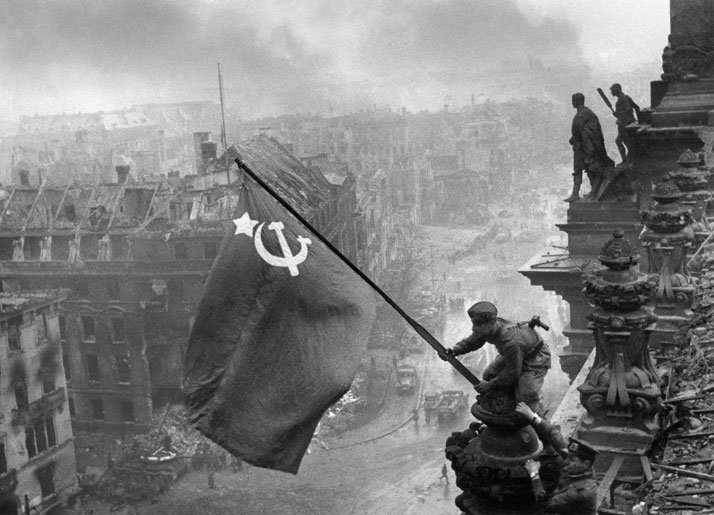
© Collection Ernst Volland and Heinz Krimmer, Leica Camera AG.
Its compatible size, quiet operation, reliability, and sharpness of lenses have altered the history of the photograph. As it was spread rapidly around the world, in the following years plenty of famous photographers identify their name and their work with Leica. Robert Capa as a war correspondent manages to capture Leon Trotsky in 1932 in a speech to Danish students. Also, with a Leica Alfred Eisenstaedt took one of the most famous photos of all time — a spontaneous kiss between a returning sailor and a nurse on V-J Day (Victory over Japan Day) in 1945. Three decades later, the Vietnamese photographer Nick Ut captures the horrors of the Vietnam War, as imprinted on the faces of young children.
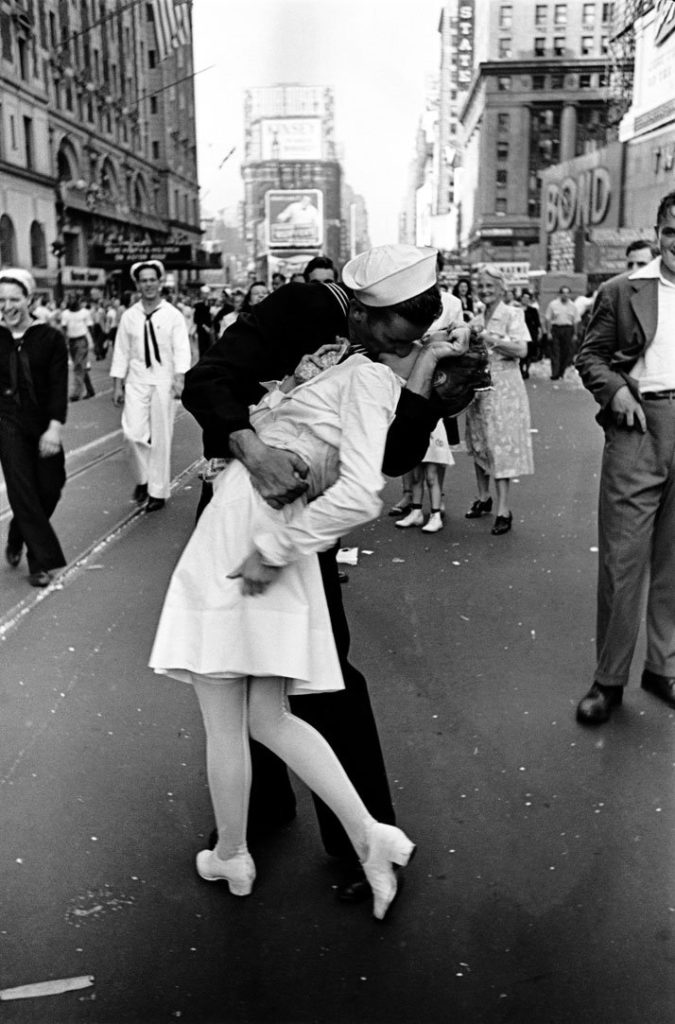
© Alfred Eisenstaedt, 2014.
However, history is not only written during war times, nor is necessary to include only tragic moments. Annie Leibovitz photographed in a personal moment Yoko Ono and the naked John Lennon for the cover of Rolling Stone magazine with a Leica. In the meantime, Leica is also used by Queen Elisabeth to capture her favorite moments, as Audrey Hepburn and Brigitte Bardot did in the past.
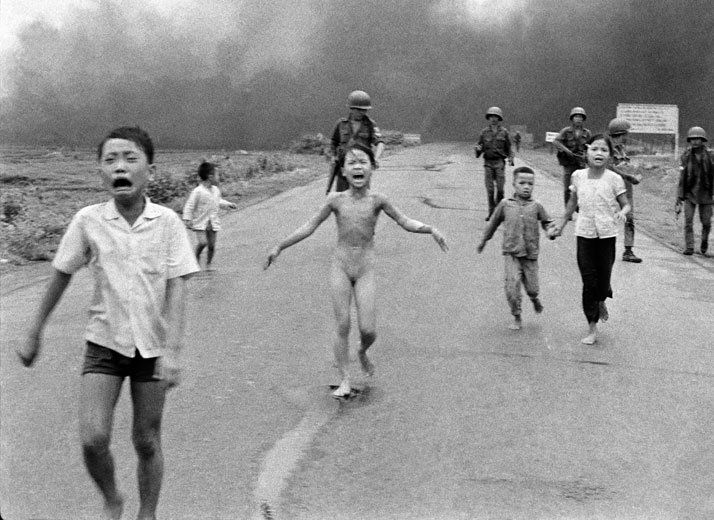
© Nick Út/AP/ Leica Camera AG.
With a hundred-year history, Leica is a machine that has always been interwound with the most important human moments. Both public and private, Leica will always be related to moments that may concern us but keeps us motivated and strong.
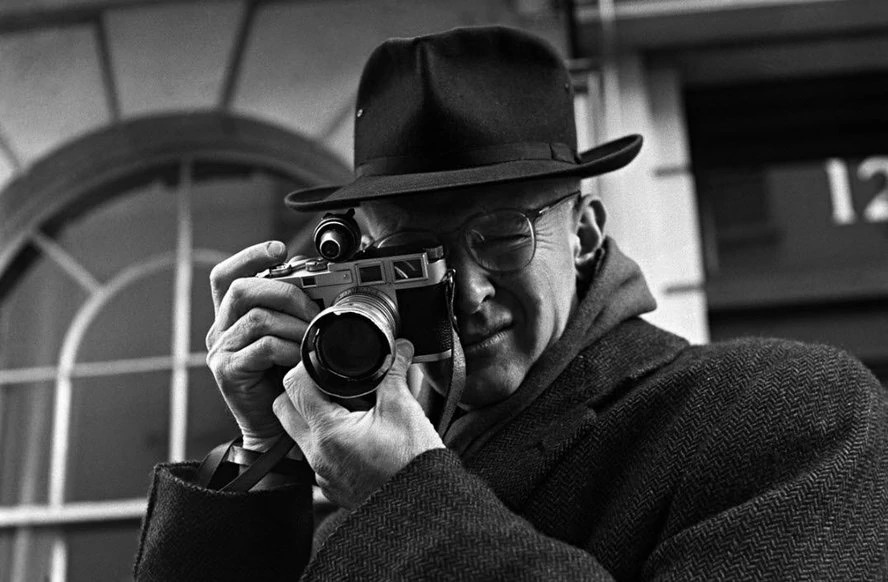
© Jane Bown.




